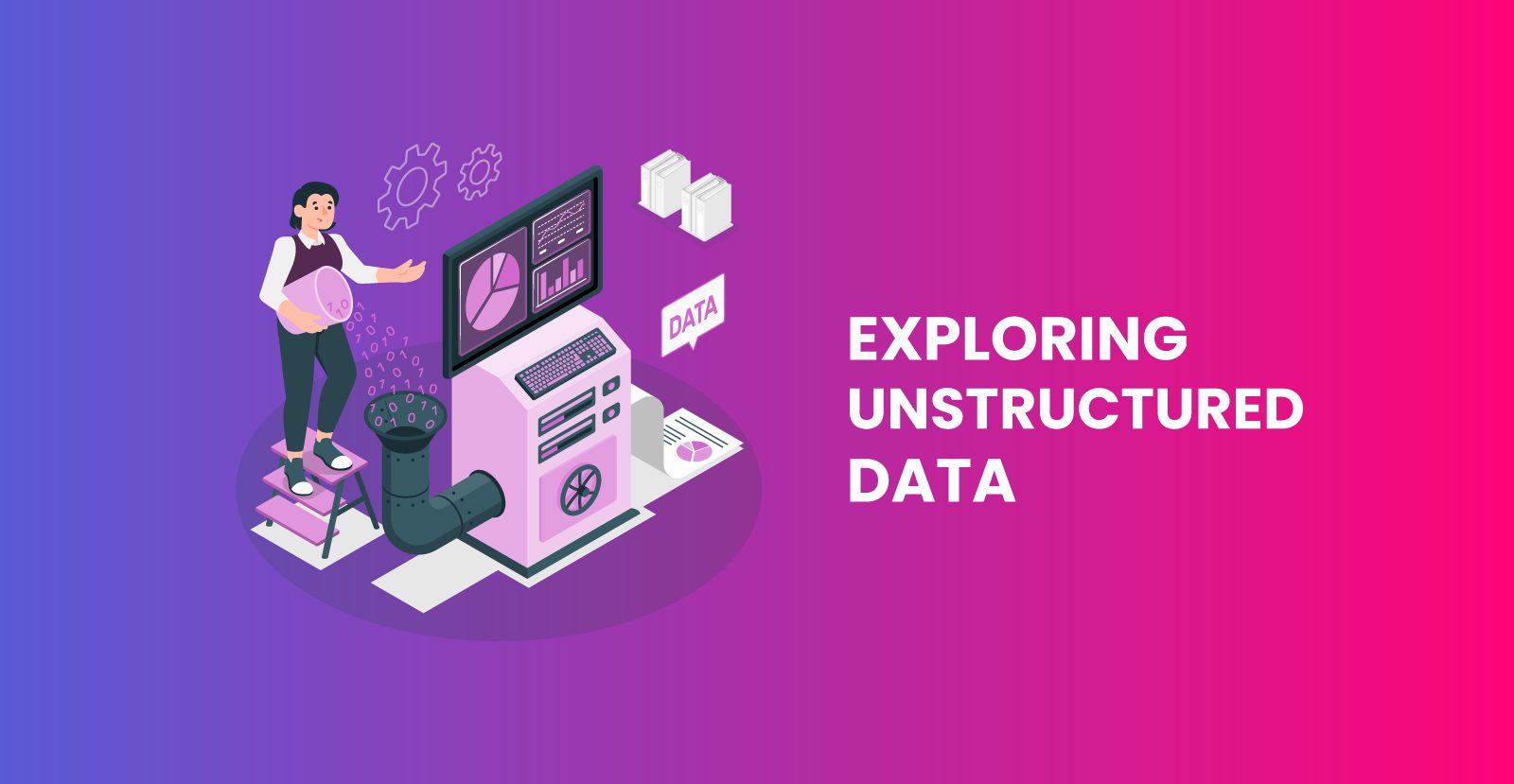In today’s data-driven world, the volume of unstructured data generated is staggering. From social media posts to customer reviews, from research papers to emails, unstructured data is everywhere, and it holds valuable insights waiting to be unlocked. That’s where text mining techniques in data analytics come into play. In this blog, we’ll take you on a journey through the exciting world of text mining and explore how it helps transform raw text data into meaningful, actionable information.
Unstructured Data: The Hidden Treasure
Unstructured data accounts for a significant portion of the data universe. In fact, around 80% of an organization’s data is typically unstructured. This data is often messy, with no predefined structure or format. It includes text, images, audio, and more. For a long time, this wealth of information remained untapped, leaving organizations with an enormous blind spot in their data analysis efforts.
The Power of Text Mining
Text mining, also known as text analytics or natural language processing (NLP), is a set of techniques and processes that allow us to extract valuable insights from unstructured text data. It involves several key steps:
- Text Preprocessing: This step involves cleaning and preparing the data for analysis. It includes tasks like removing irrelevant characters, lowercasing, and tokenization.
- Text Analysis: Text analysis techniques like sentiment analysis, entity recognition, and topic modeling are applied to understand the content and context of the text.
- Feature Extraction: Transforming the text into numerical features is crucial for machine learning algorithms. Techniques like TF-IDF (Term Frequency-Inverse Document Frequency) and word embeddings are used here.
- Machine Learning: Once the text data is converted into numerical features, machine learning models can be employed for tasks like classification, clustering, and regression.
Real-World Applications
Text mining has a wide range of applications across various industries. Let’s explore a few fascinating examples:
1. Customer Feedback Analysis
Businesses can analyze customer feedback from surveys, social media, and customer support interactions to understand customer sentiments, identify common pain points, and improve their products and services accordingly. According to a study by Microsoft, 54% of customers have higher expectations for customer service today compared to one year ago.
2. Healthcare
In the healthcare industry, text mining is used for extracting valuable information from medical records, research papers, and clinical notes. This helps in early disease detection, drug discovery, and improving patient care. Research by IBM suggests that up to 80% of clinical data is unstructured, emphasizing the importance of text mining.
3. Legal Industry
Legal professionals can benefit from text mining to sift through vast amounts of legal documents, contracts, and case law to identify relevant information quickly. This speeds up research and improves decision-making.
4. Social Media Monitoring
Brands use text mining to monitor social media platforms for mentions, comments, and sentiments about their products or services. This information helps them adjust their marketing strategies in real-time.
The Role of Artificial Intelligence
Artificial intelligence (AI) plays a crucial role in text mining. Machine learning algorithms, powered by AI, are capable of processing and analyzing massive amounts of unstructured text data at an unprecedented speed. This enables organizations to gain insights in real-time, make data-driven decisions, and stay competitive in today’s fast-paced business environment.
Challenges in Text Mining
While text mining offers tremendous benefits, it’s not without its challenges. Unstructured data can be noisy, and understanding context, nuances, and sarcasm in text is still a complex task for machines. Ensuring the privacy and security of sensitive text data is another concern that organizations must address.
The Future of Text Mining
As technology continues to advance, the future of text mining looks promising. Machine learning models, especially deep learning, are becoming more adept at understanding context and semantics in text. This will lead to even more accurate and insightful results in the years to come.
In conclusion, text mining is a powerful tool for transforming unstructured text data into valuable insights. With its wide-ranging applications and the ever-improving capabilities of AI, it’s no wonder that text mining is gaining popularity across various industries. Organizations that harness the power of text mining will be better equipped to make informed decisions, enhance customer experiences, and stay ahead of the competition. So, if you haven’t explored text mining techniques in data analytics yet, it’s high time to dive into this fascinating field. Your unstructured data is waiting to reveal its hidden treasures.




Please enter input field